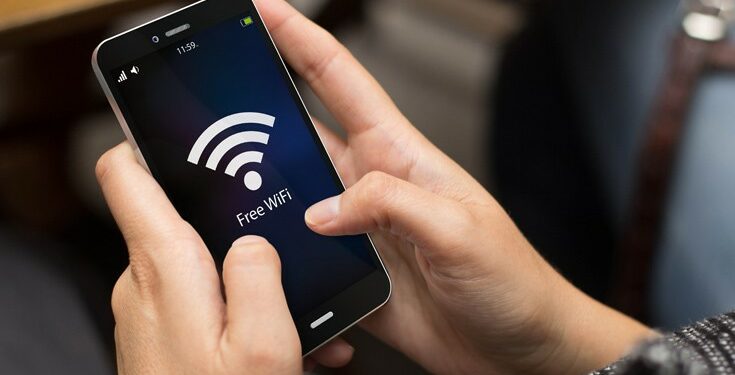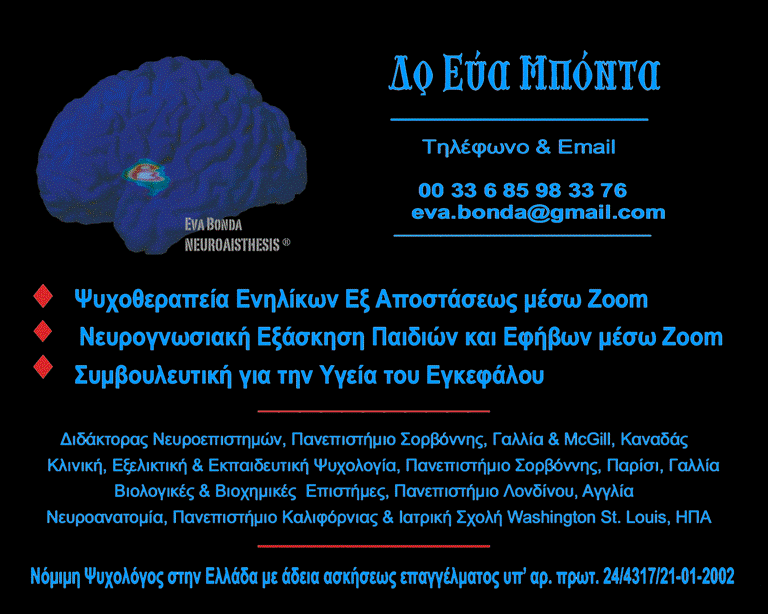Αν και ήρθαν για να κάνουν τη ζωή μας πιο εύκολη, εντούτοις οι ηλεκτρονικοί υπολογιστές, τα κινητά τηλέφωνα και τα ρούτερ για το ίντερνετ εγείρουν- κατά καιρούς- προβληματισμούς και ανησυχίες για πιθανές επιπτώσεις στην υγεία, λόγω ευρείας έκθεσης σε ηλεκτρομαγνητικά πεδία (ΗΜΠ), με μια τέτοια ανησυχία να είναι και αυτή που περιγράφεται ως «αλλεργία στο Wi-Fi», δηλαδή η ευαισθησία στο ηλεκτρομαγνητικό πεδίο που εκπέμπει ασύρματα το ρούτερ.
Υπό αμφισβήτηση από τον Π.Ο.Υ. η «αλλεργία στο WI–FI»
Ενώ ορισμένα άτομα αναφέρουν ήπια συμπτώματα και απλά φροντίζουν να αποφεύγουν τα πεδία αυτά όσο καλύτερα μπορούν, άλλοι αναφέρουν τόσο σοβαρά συμπτώματα, ώστε δεν μπορούν να εργαστούν και αναγκάζονται να αλλάξουν τον τρόπο ζωής τους. Αυτή η υποτιθέμενη ευαισθησία στα ΗΜΠ γενικά ονομάζεται «ηλεκτρομαγνητική υπερευαισθησία» ή EHS (electromagnetic hypersensitivity).
Η ηλεκτρομαγνητική υπερευαισθησία χαρακτηρίζεται από μια ποικιλία μη ειδικών συμπτωμάτων, που διαφέρουν από άτομο σε άτομο. Τα συμπτώματα είναι σίγουρα πραγματικά και μπορεί να διαφέρουν σε μεγάλο βαθμό ως προς την σοβαρότητά τους. Όποια και αν είναι η αιτία, η EHS μπορεί να είναι ένα σοβαρό πρόβλημα στην καθημερινότητα του ασθενούς.
Ωστόσο, η EHS δεν έχει σαφή διαγνωστικά κριτήρια και δεν υπάρχει απόλυτα τεκμηριωμένη επιστημονική βάση για να συνδέσει τα συμπτώματα αυτά με την έκθεση σε ηλεκτρομαγνητικά πεδία.
Τα «συμπτώματα» της ηλεκτρομαγνητικής υπερευαισθησίας
Η EHS χαρακτηρίζεται από μια ποικιλία από μη ειδικά συμπτώματα, τα οποία όσοι τα έχουν εκδηλώσει τα αποδίδουν στην έκθεσή τους σε ηλεκτρομαγνητικά πεδία. Τα πιο κοινά από αυτά τα συμπτώματα είναι:
- Δερματολογικά: ερυθρότητα, τσούξιμο και αίσθηση καύσου
- Νευρασθενικά: κόπωση, δυσκολία συγκέντρωσης, ζάλη, ναυτία, αίσθημα παλμών της καρδιάς και πεπτικές διαταραχές
Τα συμπτώματα της EHS μοιάζουν με εκείνα ενός συνδρόμου, γνωστού ως πολλαπλή χημική ευαισθησία (multiple chemical sensitivity – MCS), μια άλλη διαταραχή που σχετίζεται με την χαμηλού επιπέδου περιβαλλοντική έκθεση σε χημικές ουσίες.
Τι να κάνουν οι γιατροί, σύμφωνα με τον Π.Ο.Υ.
Η «θεραπεία» των… προσβεβλημένων ατόμων θα πρέπει να επικεντρωθεί στα συμπτώματα υγείας και την κλινική τους εικόνα και όχι στο τι θεωρεί ο ίδιος ο ασθενής ως «αιτία» (ρούτερ, κινητά, κ.λπ). Αυτό απαιτεί:
- Ιατρική αξιολόγηση των συμπτωμάτων.
- Ψυχολογική αξιολόγηση του «ασθενούς».
- Αξιολόγηση στον χώρο εργασίας και στο σπίτι για τους πιθανούς παράγοντες που θα μπορούσαν να συμβάλλουν στα συμπτώματα. Αυτοί οι παράγοντες θα μπορούσαν να περιλαμβάνουν την ρύπανση του αέρα στον χώρο, τον υπερβολικό θόρυβο, τον κακό φωτισμό (π.χ. φως που τρεμοπαίζει) ή άλλους εργονομικούς παράγοντες.
Πηγή: eleftherostypos.gr































